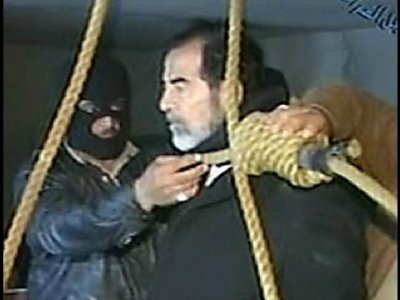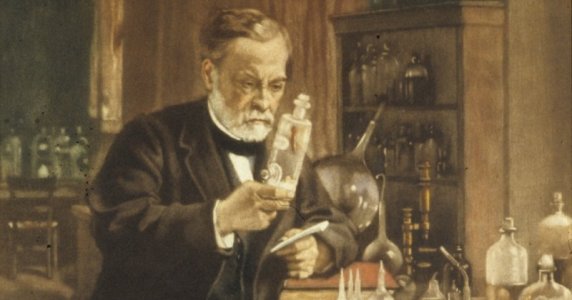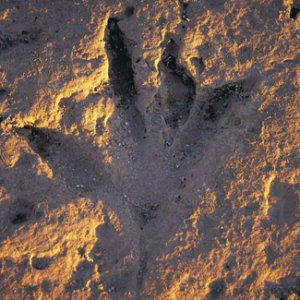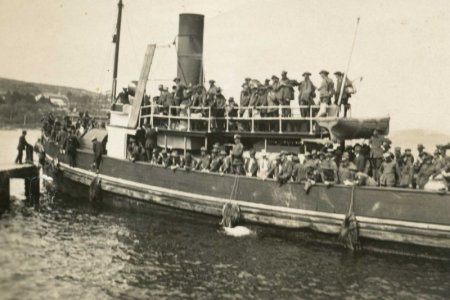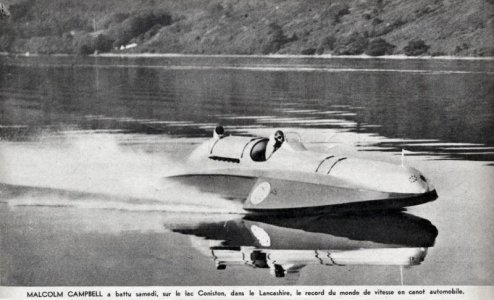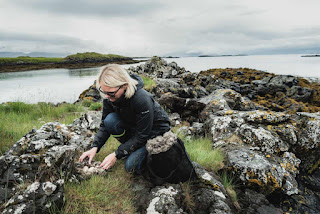World History
Wednesday, December 30, 1903. : The Iroquois Theater fire in Chicago, USA, claims 602 lives.
The Iroquois Theater in Chicago, Illinois, was a grand building advertised as "Absolutely Fireproof" on its playbills. Constructed hastily in preparation for the holiday crowds, the theatre opened on 23 November 1903. On 30 December 1903, approximately 2000 people - almost 300 more than the theatre's actual seating capacity - had turned out to watch a Wednesday matinee performance. Many of them were children on their holiday break.
At around 3:15pm, an arc light shorted, igniting a curtain, the fire then spreading to the backdrops consisting of huge painted canvas scenery flats. The protective asbestos fire curtain between the stage and the audience could not be immediately lowered because the operator was in hospital and his substitute was unfamiliar with its operation. There were 6 firefighting canisters which were almost useless on the huge blaze. When the actors realised there was a fire, they quickly exited through a back door, and the resultant inrush of cold air fuelled the fire further.
Most of the fire exits were locked, and the patrons were unable to unlock them. Lobby doors were locked and the fire escapes outside were unfinished. Many people jumped to their deaths, yet ironically their bodies cushioned others who leapt out of the windows to try to escape. 575 people died on the day, and another 30 died later from their injuries or burns. The fire lasted only twenty minutes, yet claimed a total of 602 lives.
The Iroquois Theater Fire remains the deadliest single-building fire in US history.
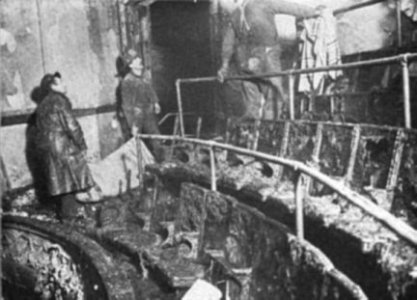 Saturday, December 30, 1922. : The Soviet Union, or USSR, is established.
Saturday, December 30, 1922. : The Soviet Union, or USSR, is established.
The Union of Soviet Socialist Republics was a former country of eastern Europe and northern Asia. It included Russia, Belorussia, Ukraine, and the Transcaucasian Federation, which in 1936 was divided into the Georgian, Azerbaijan, and Armenian republics. The USSR became the first country in the world to be based on Marxist socialism. Its formation was the culmination of the Russian Revolution of 1917, in which the Bolsheviks, led by Lenin, seized the government of Russia and overthrew Tsar Nicholas II. The Soviet Union was officially established on 30 December 1922.
Over the next few decades, the Soviet Union emerged as one of the world's two super-powers, along with the United States of America. It was not until decades after World War II that the increasing push for independence among the states, together with the gradual crumbling of communism in the 1980s, led to the dissolution of the Soviet Union in December 1991.
Thursday, December 30, 1982. : A blue moon occurs simultaneously with a lunar eclipse.
A "blue moon" does not refer to the colour of the moon at a particular stage in its cycle: it means the second in a pair of full moons that occur in the same calendar month. A blue moon happens every 2.7 years and is due to a disparity between the Gregorian calendar and the lunar cycle. The lunar cycle, the time it takes for the moon to revolve around the earth, does not take 28 days, but takes 29 days, 12 hours, and 44 minutes. During the twentieth century, there were a total of 44 blue moons.
On 30 December 1982, a blue moon occurred in conjunction with a total lunar eclipse. This was the only time this happened in the twentieth century, although a blue moon did occur in conjunction with a partial lunar eclipse on three other occasions. It was also a perigee lunation, which occurs when the Moon is at or near its closest approach to Earth.
Saturday, December 30, 2006. : Iraqi Dictator, Saddam Hussein, is executed by hanging following his trial.
Saddam Hussein, born 28 April 1937 in Tikrit, Iraq, was dictator of Iraq from 1979 until 2003. He led Iraq through a decade-long war with Iran. He was also responsible for the invasion of Kuwait in 1990 which led to the Gulf War the following year. Following the terrorist attacks on New York's Twin Towers in 2001, Hussein, though not directly responsible for the attacks, came under renewed pressure from the United States, which sought to remove the dictator from power.
Early in April 2003, US tanks rolled into Baghdad, the capital city of Iraq, in preparation for the battle which would topple Hussein's regime. Hussein disappeared, but he was captured by US forces on 13 December 2003. He was located hiding in a small underground pit at a farmhouse in ad-Dawr near his home town Tikrit, in what was called Operation Red Dawn. His trial occurred over many months during 2006, and on 5 November 2006, Hussein was found guilty of crimes against humanity and sentenced to death by hanging. Saddam Hussein was executed on 30 December 2006 at approximately 06:10 local time, at Camp Justice, an Iraqi army base in northeast Baghdad.
